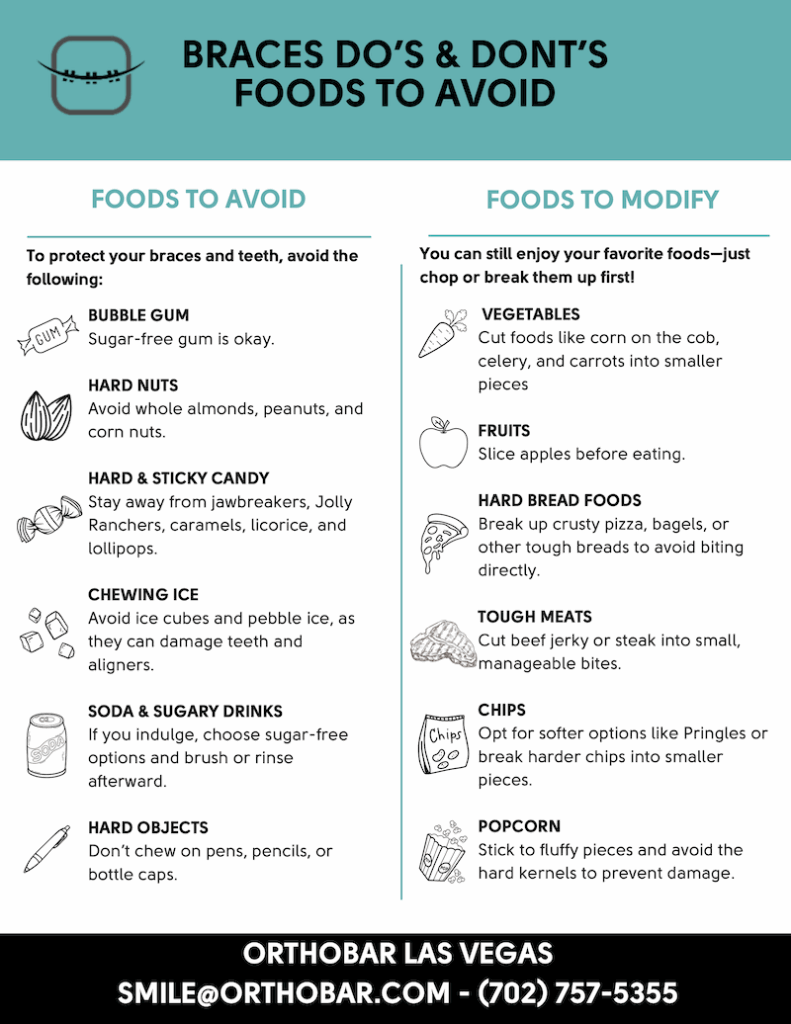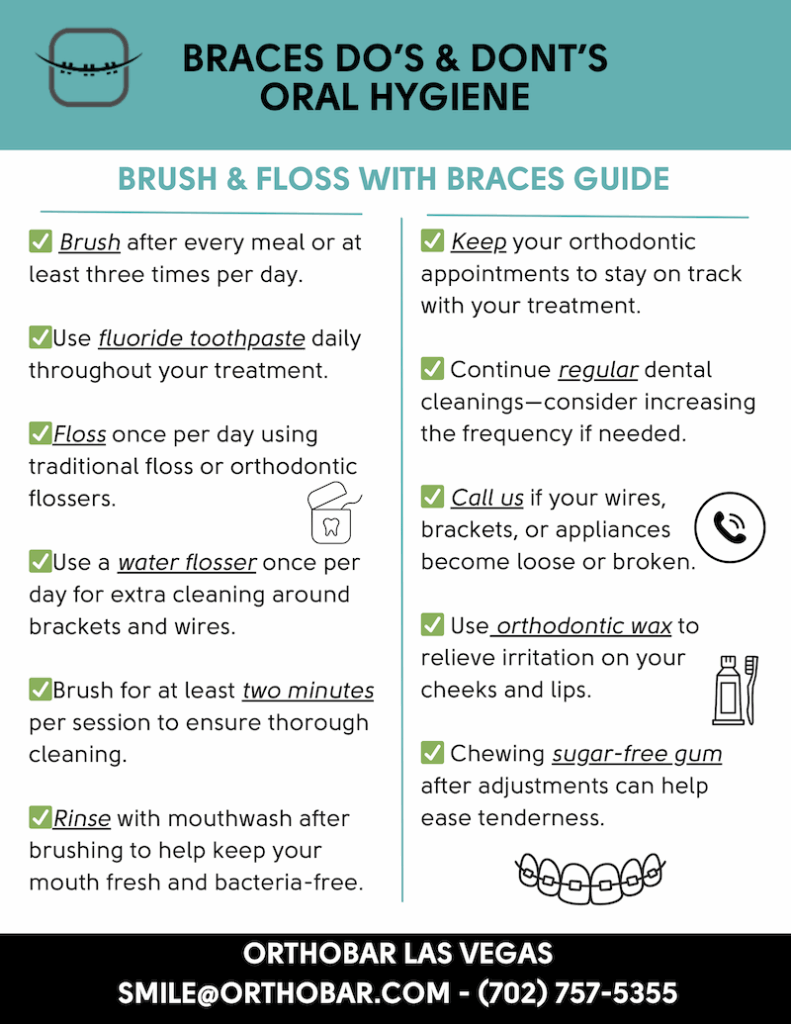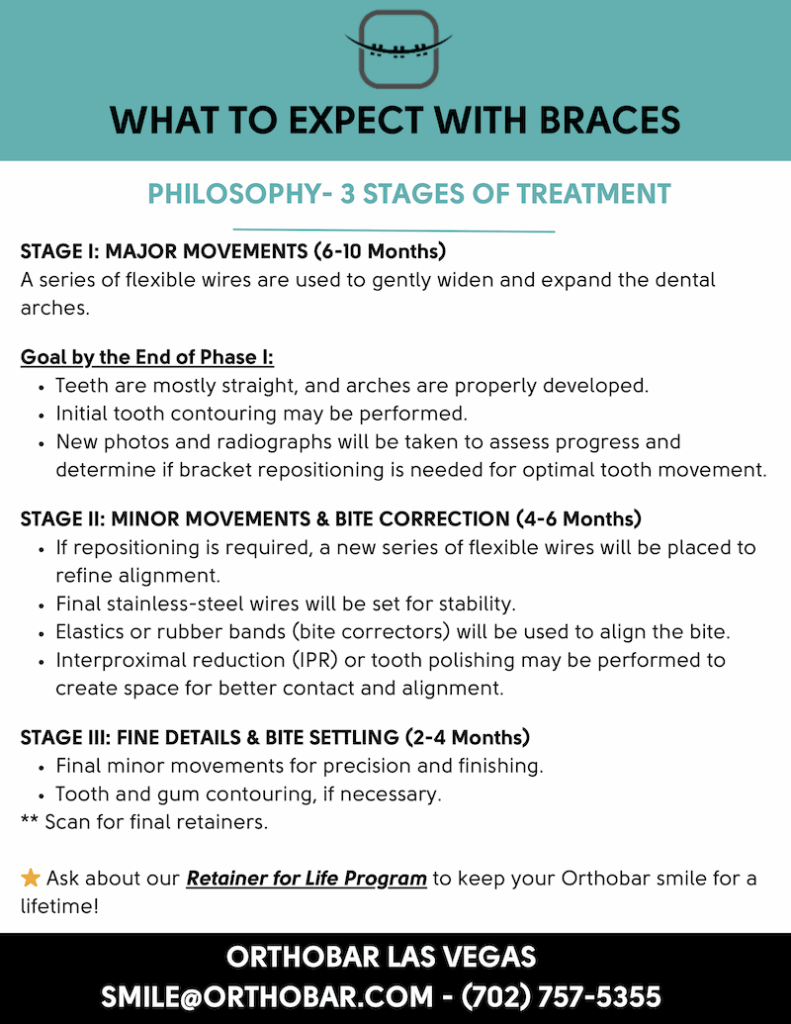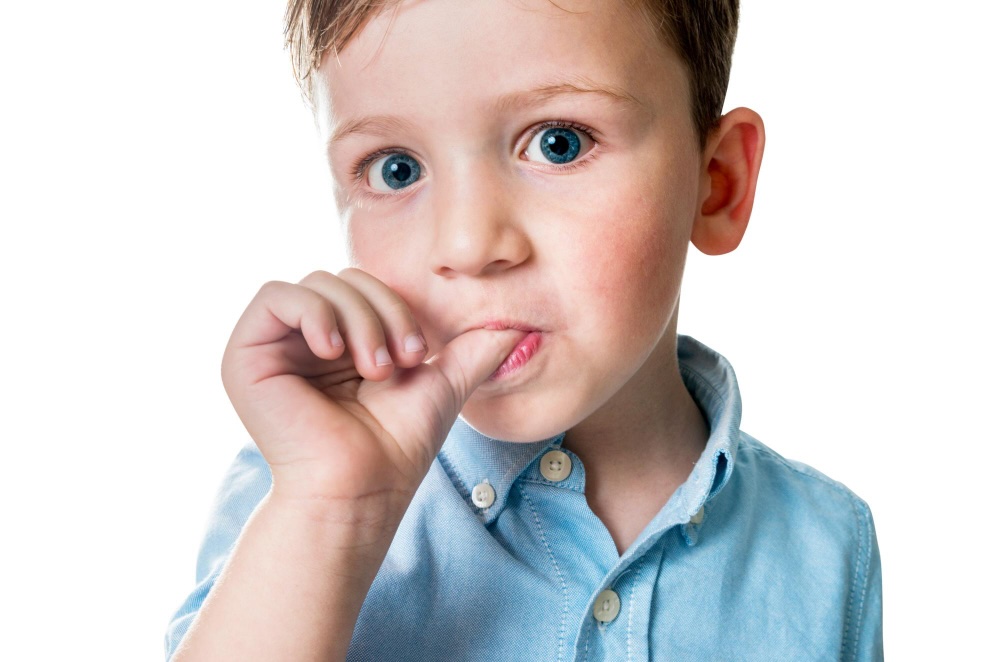A healthy, beautiful smile starts with excellent oral hygiene, but caring for braces can be tough — especially for children.
As a parent, you play a vital role in helping your child establish good habits that will protect their teeth and gums during treatment.
This guide will help you better understand braces hygiene for kids, common mistakes to avoid, and practical tips to keep your child’s mouth clean and healthy every day.
Why Braces Hygiene Is Harder for Kids
Orthodontic treatment is an exciting step on the journey toward a better smile, but braces hygiene can be challenging for children.
Brackets, wires, and bands create spaces where food and plaque easily accumulate. Unlike adults, kids often lack the dexterity to clean these areas thoroughly, leading to potential issues like cavities, gum inflammation, and white spots on teeth.
Parent input is essential in preventing complications, as many children need additional guidance to develop consistent cleaning habits.
Without your support, they may brush too quickly or skip steps altogether, putting their oral health at risk during treatment.
Common Hygiene Pitfalls Parents Should Watch For
Parents should be aware of the most frequent mistakes children make when cleaning their braces, as these issues can directly impact the success of their orthodontic treatment and overall oral health.
Taking time to recognize these common problems allows parents to step in early with guidance or adjustments. These include:
- Brushing too quickly and missing areas around brackets.
- Skipping flossing because it feels complicated or time-consuming.
- Eating sticky or sugary foods that increase plaque buildup.
- Neglecting orthodontic visits or ignoring broken wires and brackets.
Establishing a routine and checking in regularly helps parents catch these problems early. Encouragement and gentle reminders can keep kids on track with their hygiene habits.
Step-by-Step: Helping Your Child Brush and Floss
Brushing and flossing with braces requires patience and proper technique, and it can feel overwhelming for children at first.
Parents can make this process easier by breaking it down into simple steps and offering guidance along the way. Here’s how you can help:
Brush at a 45°Angle
Brushing correctly starts with the right angle. Teach your child to hold the toothbrush at a 45° angle toward the gumline and brackets.
This practice makes it easier to remove plaque and food particles from all sides of the brackets and wires.
You can also encourage slow, gentle strokes to prevent damage to their braces or irritating their gums.
Clean Each Tooth Individually
Once they have the angle correct, guide them to focus on each tooth. Spending 3–5 seconds on each tooth ensures the area above and below the brackets is thoroughly cleaned.
This step is critical for preventing white spots and plaque buildup that can linger when brushing is rushed.
Use Interdental Brushes
Interdental brushes are designed to clean the spaces that regular toothbrushes can’t reach.
Show your child how to insert these small brushes between brackets and wires to remove trapped food particles.
Using these brushes after every meal can make daily hygiene easier and more effective.
Floss With a Threader or Orthodontic Flosser
Flossing with braces is tricky at times, but using a threader or orthodontic flosser simplifies the process. Demonstrate how to thread the floss under the wire and between each tooth.
Making sure your child flosses at least once a day helps maintain gum health and prevents cavities in areas that brushing alone can’t reach.
Finish With a Fluoride Mouthwash
The final step is rinsing with a fluoride mouthwash. This strengthens the enamel and washes away any lingering debris.
A quick rinse twice a day adds an extra layer of protection against cavities and keeps your child’s mouth fresh and healthy.
Parents should supervise brushing and flossing, especially in the first few weeks after braces are placed. Hands-on assistance helps children learn proper technique and feel more confident managing their hygiene.
Tools That Make Kids More Successful
The right tools can make a big difference in braces hygiene for kids. Consider investing in:
- Electric toothbrushes with soft bristles
- Interdental brushes
- Water flossers
- Fluoride toothpaste and mouthwash
You can also assemble a portable “braces kit” that your child can take to school or extracurricular activities.
Include a travel toothbrush, toothpaste, floss, and interdental brushes. Having these tools on hand encourages consistent cleaning, even on busy days.
Dietary Guidance for Fewer Hygiene Issues
What children eat has a major impact on braces hygiene. Encourage braces-friendly foods and limit those that can cause problems:
- Avoid: Sticky candies, hard nuts, crunchy chips, and sugary drinks. These foods can damage braces and increase plaque buildup.
- Choose: Soft fruits, cooked vegetables, yogurt, lean proteins, and whole grains. These options are easier to clean from braces and support overall oral health.
It’s also important to remind your child to brush or rinse after snacks and meals. Even a quick rinse with water helps remove food particles and reduce bacterial growth.
Final Thoughts: Your Role in Braces Hygiene for Kids
Braces hygiene for kids requires teamwork. By staying involved, you can help your children maintain excellent oral health throughout treatment.
Provide the right tools, encourage good habits, and don’t hesitate to reach out for professional support.
Contact Orthobar to schedule your free consultation! Together, we can ensure your child’s braces journey is a success.










